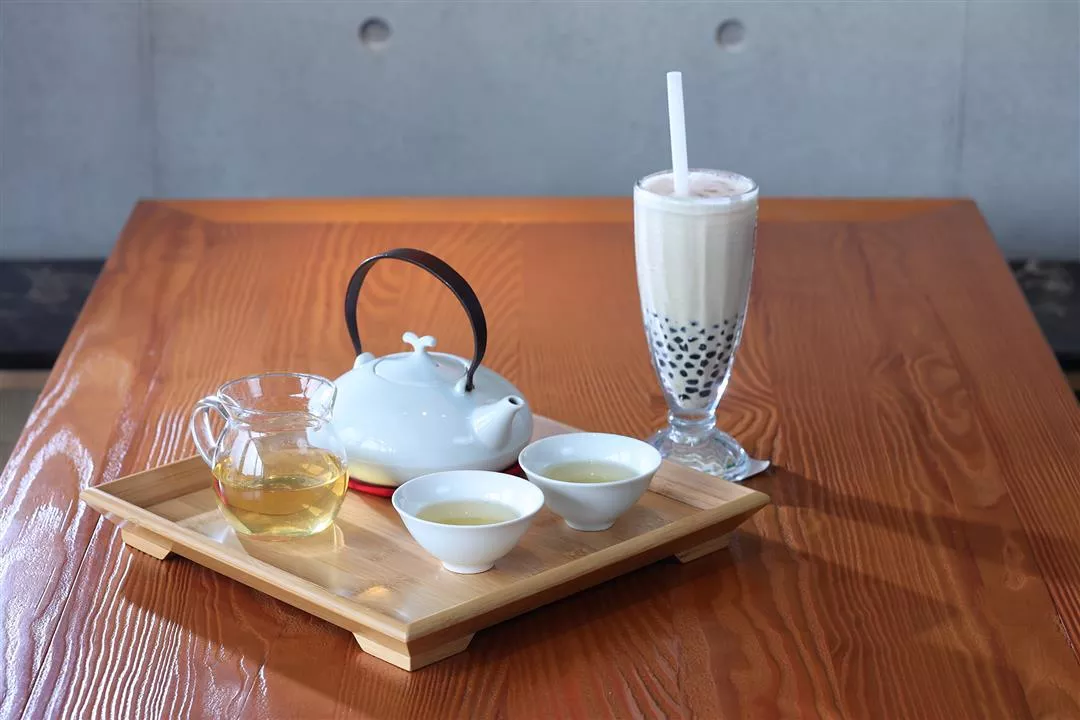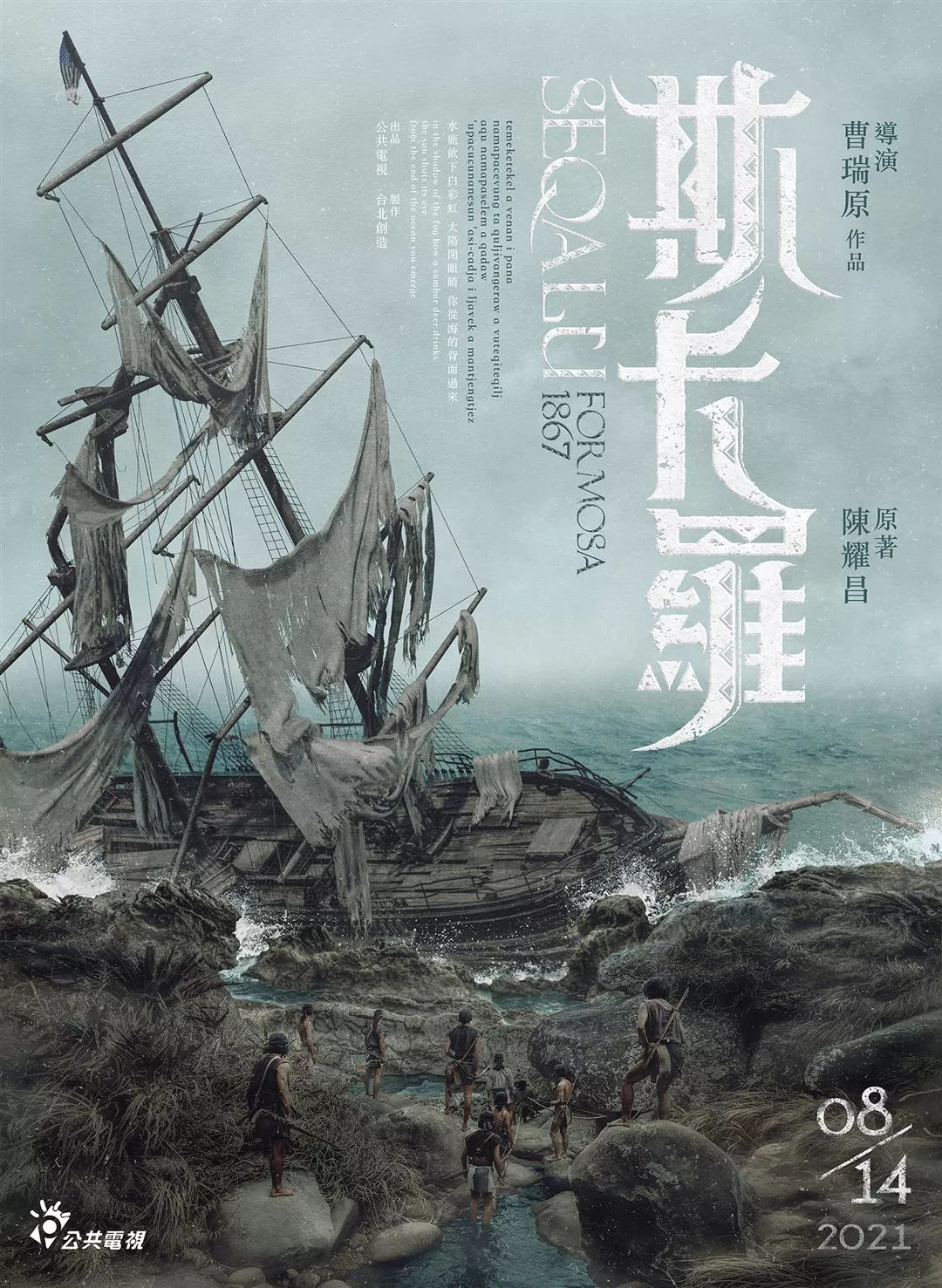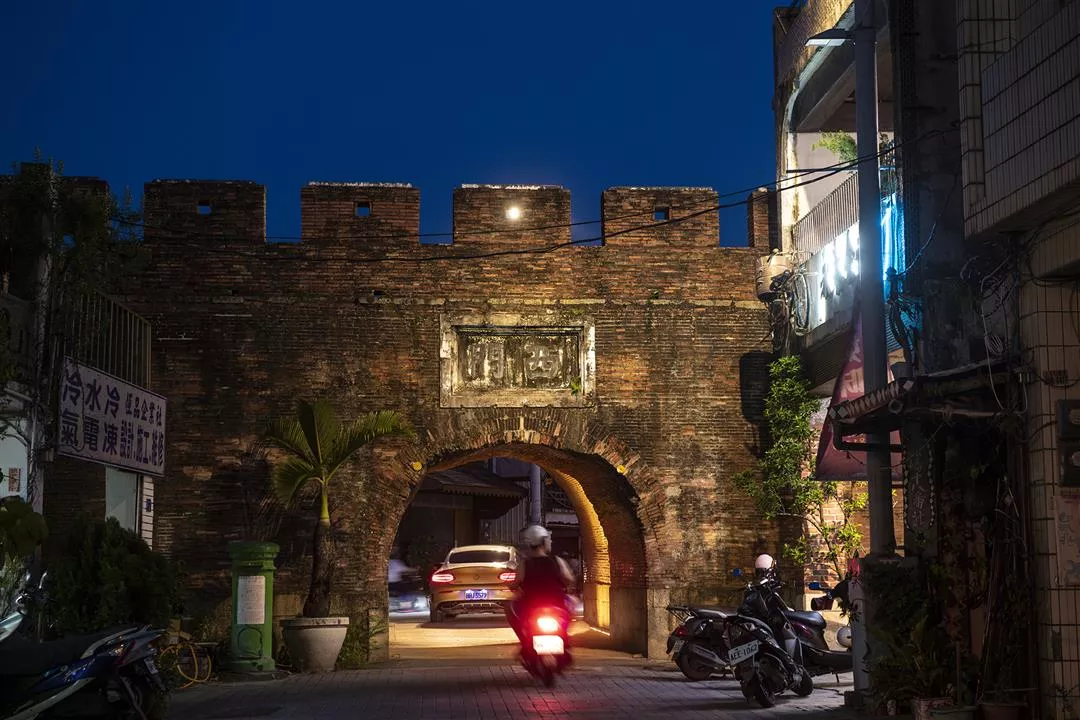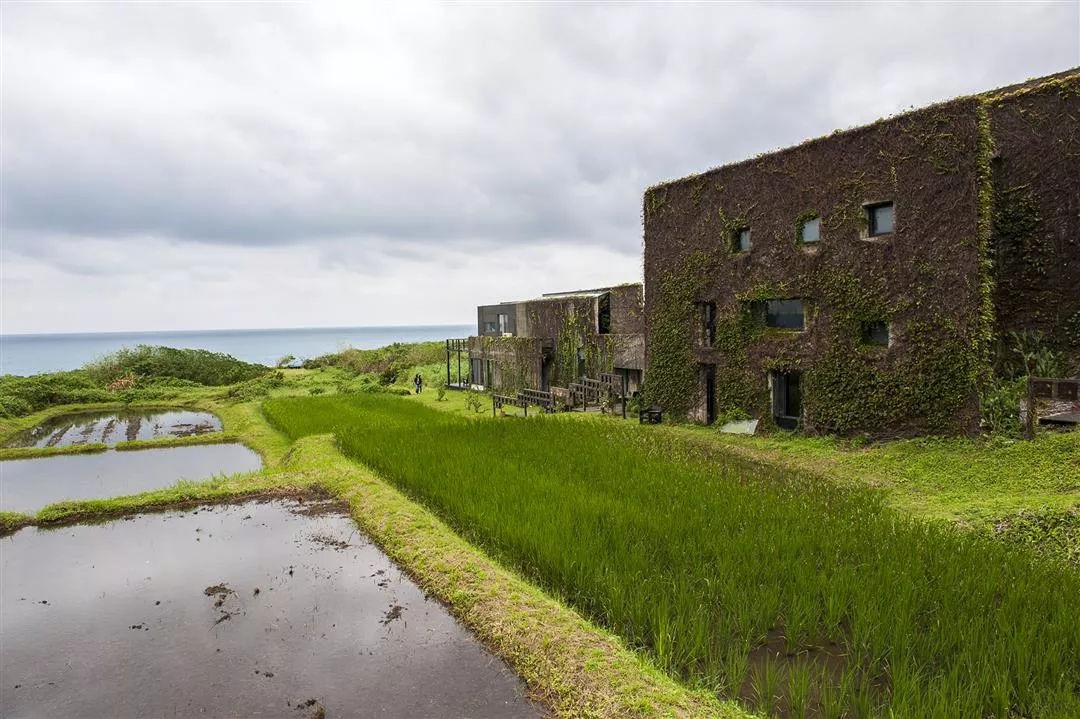Where Fiction and Reality Coalesce:
Tours Inspired by Films and TV Series
Cathy Teng / photos Jimmy Lin / tr. by Brandon Yen
January 2025

A film or TV production may still linger in our memories decades after we first saw it, and we continue to visit classic scenes or retrace the footsteps of the characters. This photo shows Tamkang Senior High School’s Octagonal Tower, which appears in the 2007 film Secret.
Have you ever thrust your hand into the Mouth of Truth at the Basilica of Saint Mary in Cosmedin in Rome? Have you knocked on the door of 221B Baker Street in London, or swung down the streets of New York on high heels in imitation of Carrie Bradshaw?
As travelers, we take pleasure in following leads from novels and films and imagine ourselves playing a part in fictional scenes. In doing so, we find ourselves freely overstepping the lines between reality and fantasy.
In recent years, many fictional works have been produced in Taiwan that tug at our heartstrings. You may want to follow in the footsteps of Rose in the Netflix series Light the Night (2021) and explore the night culture of historic Taipei. Or indulge in playful fancies while relishing the charm of Tainan’s back streets, like the protagonists in the TV drama Someday or One Day (2019‡20). These fictional plots not only offer intimate insights into local cultural textures, but also show us how to experience Taiwan in fascinating new ways.

Taiwanese hospitality and easy-goingness have left a positive impression on many foreign tourists. (photo by Lin Min-hsuan)

Tainan’s back streets have appeared in many films, giving tourists a point of entry into Taiwanese culture.
Taiwan’s rising profile
According to the online travel agency Agoda, in the first half of 2024 Taiwan ranked sixth on the list of international travel destinations, and the number of Internet searches using the keyword “Taiwan” also kept rising.
The Taipei International Travel Fair is a major annual event for the tourism industry, one of the three largest trade fairs of its kind in the Asia‡Pacific region. The 2024 ITF, held in November, attracted more than 360,000 visitors, with the exhibitors taking full advantage of the post-pandemic revival of tourism to promote Taiwan. The four-day event also featured pavilions run by representatives from many of Taiwan’s diplomatic allies—including Belize, Guatemala, Paraguay, Saint Lucia, Saint Kitts and Nevis, Saint Vincent and the Grenadines, Eswatini, the Marshall Islands, Palau, and Tuvalu—where Taiwanese visitors got to learn more about these countries. President Lai Ching-te gave a speech there, emphasizing that “tourism is part of a country’s soft power and represents a great strength for diplomacy.” By pursuing international exchanges at deeper levels, we can facilitate better mutual understanding, thus helping establish more substantial connections with the wider world.
Jenny Chung, secretary general of the Taiwan Visitors Association, tells us that Taiwan has become much more widely known across the world thanks to international media coverage of our successful anti-Covid efforts.
Since the reopening of national borders, people from other countries have again turned their attention to Taiwan when planning their holidays. Craving for the classic pearl milk tea, or for Din Tai Fung’s xiaolongbao steamed dumplings, some come to the island to relive their pre-pandemic memories. There is also a renewed interest in in-depth tourism, which may focus on exploring the natural environment or on sustained immersion in local culture. Chung says that a Taiwanese agency has had the opportunity to welcome a group of tourists from Germany who came to stay for 14 days. They started with less challenging mountains such as Yangmingshan in Taipei and Hehuanshan in Central Taiwan, then went on to conquer a few of the island’s major peaks, and concluded their adventures with Yushan, Taiwan’s highest. “After the pandemic, people prefer special kinds of tours,” Chung says.

Tourists from other Asian countries are coming back to Taiwan to relive their pre-pandemic memories of the classic pearl milk tea and mango ice.

photo by Kent Chuang
Inspired by dramas
But there are other ways of touring Taiwan. At the 2024 ITF, the Ministry of Culture (MOC) promoted a cultural travel program that presented a series of themed itineraries, drawing inspiration from ten films and TV series.
C. W. Yu, founder of Join Cultural Integration, is a staunch advocate of in-depth tourism in Taiwan. “Films and TV dramas actually provide a very good way to communicate with tourists,” he says. A fictional work may continue to be remembered decades after it first appeared, with the same scenes and routes portrayed in it being revisited, reenacted, or celebrated time and again. Such works continually draw tourists to the localities on which they are based, and the attraction grows and grows. The rise of streaming platforms in recent years has altered people’s viewing habits, substantially expanding the reach of films and TV series by making them available all the time and in different places. It is in this context that the MOC, following the criteria of popularity and regional balance, has selected ten films and TV productions and used the local stories they tell to craft new travel itineraries.
For example, Taiwan’s historic win at the 2024 WBSC Premier12 has prompted many to revisit the 2014 film Kano, directed by Umin Boya and produced by Jimmy Huang and Wei Te-sheng. The story is set in Japanese-era Chiayi, where a baseball team comprising Japanese, Han Taiwanese, and indigenous Taiwanese players strove against all odds to make it to the Japanese High School Baseball Championship at Koshien Stadium in Japan’s Hyogo Prefecture.
My Missing Valentine (2020)—which has been turned by screenwriter Kankuro Kudo into a Japanese version, One Second Ahead, One Second Behind (2023)—is another of the MOC’s choices. The story takes place in Chiayi County’s Dongshi and Budai. Admirers of the film visit Baishui Lake to retrace the footsteps of the male and female protagonists, taking in the iconic sunset at Shou Island. Or consider visiting historic Hengchun in Pingtung, where you can imagine the era depicted in the TV series Seqalu: Formosa 1867 (2021) and contemplate how the people there used to overcome linguistic and cultural barriers to achieve mutual respect and understanding in order to survive.
Speaking of these scenes and plots, Chung says with conviction that just as Taiwanese watchers of Korean TV dramas would want to travel to Korea to enjoy Korean fish cakes, or to drink Korean soju and eat raw octopus at streetside stalls, so Koreans who have seen Someday or One Day would feel like coming to Taiwan for a bowl of mango ice, or, having seen Secret (2007), they might be interested to come and look for the red-brick architecture in the film. These are all motives for traveling. For Asian tourists, food is an essential item on their lists: “Asian customers regard eating as a vitally important element of tourism.” With Ang Lee’s Eat Drink Man Woman (1994) and Chen Yu-hsun’s Zone Pro Site (2013) in mind, we can catch a glimpse of the rich diversity of Taiwan’s culinary culture while rambling through Kaohsiung’s Neimen District or through the Toad Mountain community near the Gongguan area of Taipei.
Each fictional work paints a vivid portrait of Taiwan in transition, offering a way to get to know our country. Why not pick up a Taiwanese book or watch one of our films or TV dramas, and then book a flight to Taiwan for a trip that promises to blur the boundaries between the real and the imaginary?

Films and TV productions help us learn more about Taiwan. Seqalu: Formosa 1867 (2021) is set in historic Hengchun, Pingtung County.
(courtesy of Taiwan Public Television Service)

photo by Kent Chuang

The 2015 film Wawa No Cidal tells the story of an Amis woman reintroducing rice cultivation to her ancestral village. It is set in Makotaay Village in the rural township of Fengbin in Hualien County. (photo by Kent Chuang)
@List.jpg?w=522&h=410&mode=crop&format=webp&quality=80)
@List.jpg?w=522&h=410&mode=crop&format=webp&quality=80)




